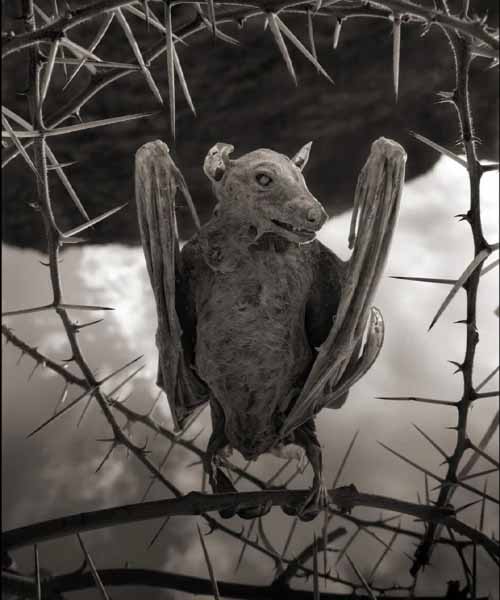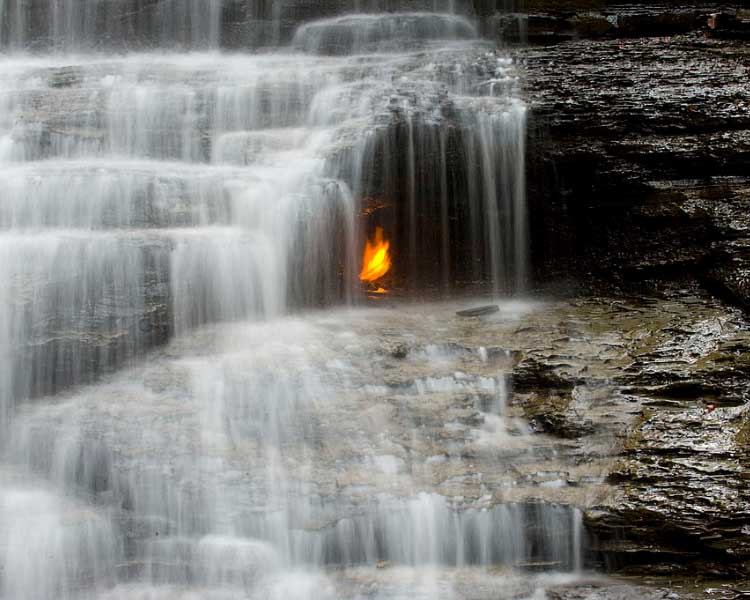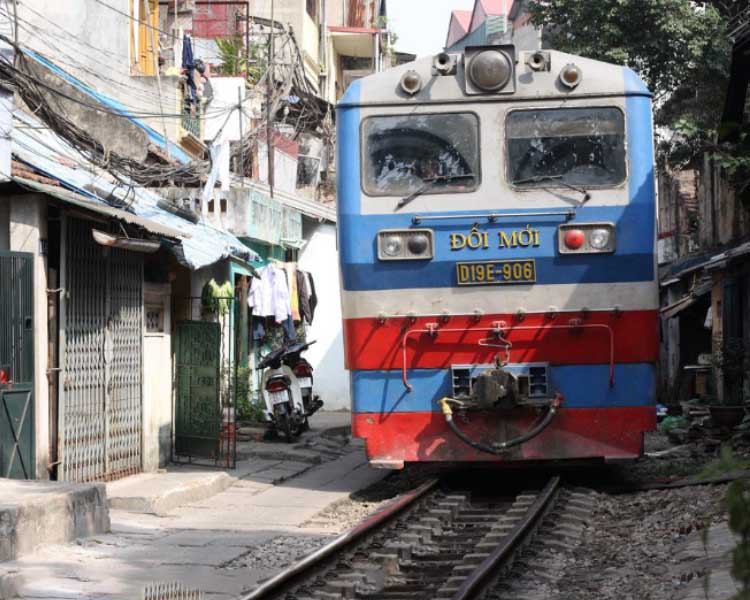10 Weirdest Places in The World that you can't even Imagine
Ours is a beautiful world, full of natural beauty, rich in beautiful cultural traditions and every corner of the earth shimmers with wonder. But from the blue shades of the ocean to the mountains high in the sky, there are many weirdest places that you may have neither heard of nor seen.
Contents
ToggleWeirdest Places in The World
Today we will mention those miraculous structures of nature which appear very different in appearance and behavior and the reason behind their formation is still not completely understood.
1. Lake Natron
Lake Natron, in the northern part of Tanzania in East Africa, is known for mummified birds and animals. In this scariest lake, animals turn into statues after death through calcification.
This petrifying lake of Tanzania is a mixture of salt and minerals, called natron. The lake is highly alkaline reaches a temperature of 40 °C, and is often salty enough to poison most animals.
The animals that die in this African lake are turned into statues, through calcification. Due to the presence of huge amounts of sodium bicarbonate, they turn into mummies.
2. Devil’s Bridge, Germany
Source: CC BY-SA 4.0
The Devil’s Bridge of Germany is famous for its unique construction accuracy. The bridge and its reflection always merge into a perfect circle, no matter where you see it from. The myth is that the bridge is so dangerous and miraculous that it must have been built by the devil.
There are many such ancient devil bridges in Europe, most of which are stone or masonry arch bridges. Due to its unusual design, each Devil’s Bridge usually has a myth or folklore related to its origin.
3. Eternal Flame Falls
Source: CC BY-SA 3.0
The Eternal Flame Falls, in New York, is a burning bright flame right under a waterfall. A small cave at the waterfall’s base emits natural gas, to produce a small flame.
The researchers noted the presence of numerous “micro seeps” in the area of the falls that emit methane.
4. Blood Falls, Antarctica
Antarctica’s “Blood Falls”, is at the end of Taylor Glacier where the flow of iron oxide water turned the surrounding white ice rock into a deep red colour.
Scientists believe that buried saltwater deposits are partly responsible for this discolouration, which is a form of reduced iron.
Some scientists believe that although iron cannot act alone, other elements such as chlorine, magnesium and sodium are also present in it.
5. Vinicunca
Source: CC BY-SA 4.0
The “Vinicunca” meaning rainbow mountain or Mountain of seven colours of Peru is covered in wide lines of pastel blue, intense red, green, pink and yellow. There are no scientific explanations for this phenomenon as of now.
According to Peru’s Cultural Landscape Office, the colourful stripes are due to mineral composition caused by weathering over time, environmental conditions and sedimentary deposits.
6. Doorway Railway
The “Doorway Railway” is a railway line that runs through the residential neighbourhoods and commercial areas of Hanoi, Vietnam. Twice a day, trains pass through the city, just inches from the doors of buildings.
The track, also known as “The Train Street”, was built by the French in 1902 and is still active.
7. Great Blue Hole
Source: Atlas Obscura
The Great Blue Hole is a tremendous underwater sinkhole that is located off the coast of Belize and lies near the centre of Lighthouse Reef.
This is a popular spot among recreational scuba divers who are lured by the opportunity to dive in sometimes crystal-clear water and meet several species of fish.
The Great Blue Hole is more than 100 meters deep and only experienced divers are allowed to descend. Deep extensive cave system that requires a lot of diving skill to navigate successfully.
8. The Silfra Rift
Source: CC BY-SA 4.0
The Silfra Rift is located in the Þingvallavatn Rift Valley Lake, east of Reykjavik, the capital of Iceland. It is one of the strangest places in the world, separating two continents and two tectonic plates, the North American and Eurasian plates.
Due to its clear waters and location within the continental rift, scuba diving and snorkelling are popular at Silfra.
9. Mount Kelimutu
Source: CC BY-SA 4.0
Mount Kelimutu is an active volcano near the small town of Moni in Indonesia that is known for three different lakes of different colours.
There are three different coloured crater lakes on the top of Mount Kelimutu, the colour of the lakes has changed significantly several times over the years. The scientific justification for this natural phenomenon is not very clear.
10. Pamukkale Thermal Pools
Pamukkale means “cotton palace” in Turkish, this stunning landscape of white travertine terraces is a natural collection of mineral pools formed by the calcite-rich waters of hot springs.
Pamukkale is a UNESCO World Heritage Site known for its weirdest strange places such as snow-white terraces with crystal blue waters. Other popular tourist destinations here are Hierapolis Turkey and Pamukkale Travertine.




















2 Comments